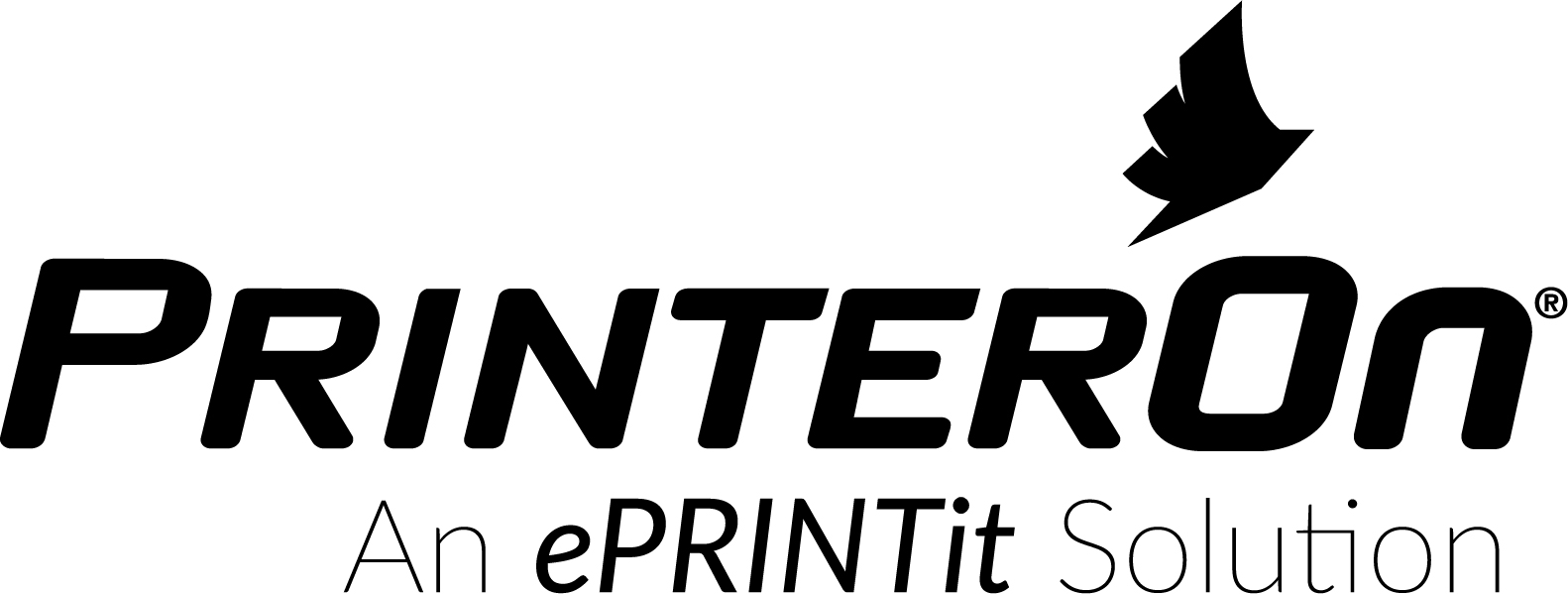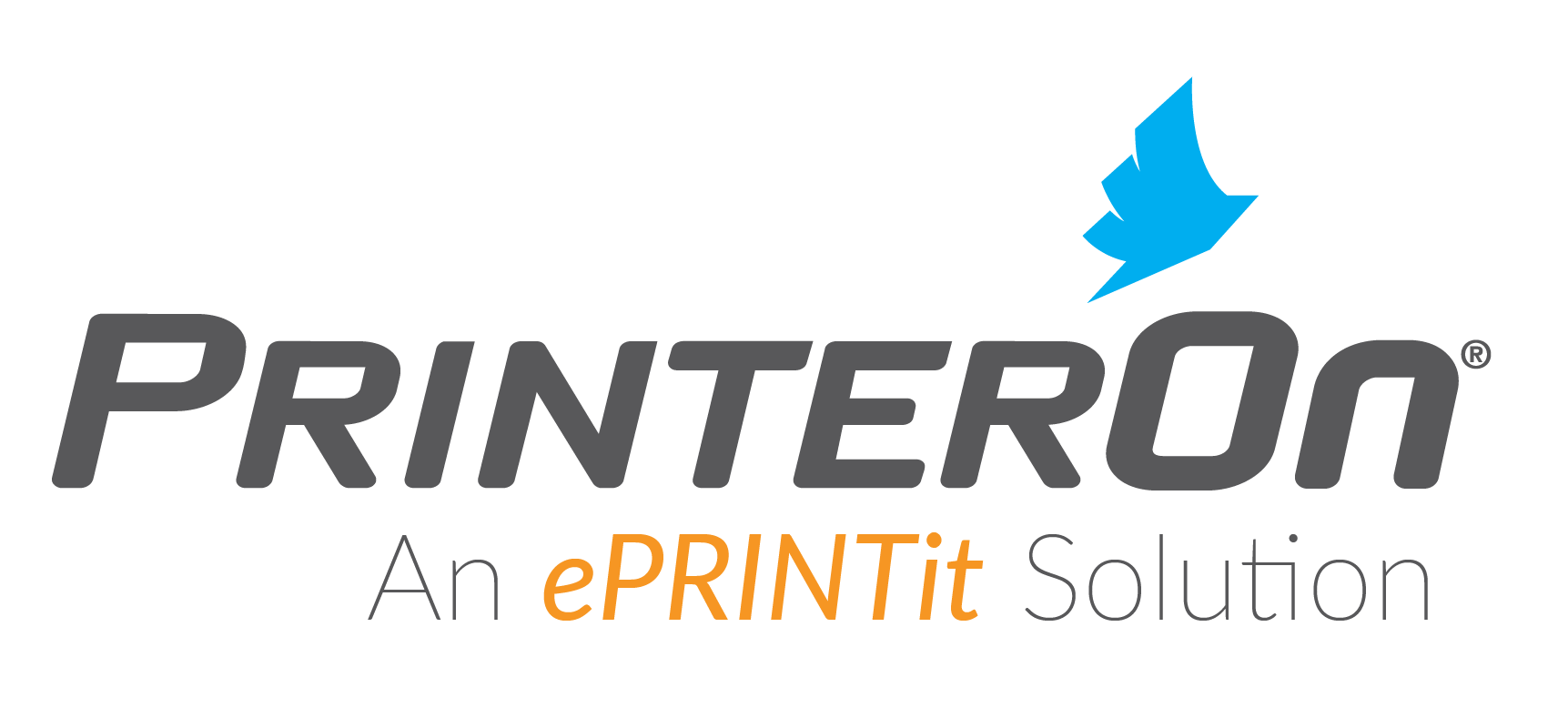Students, and staff, want to print from all their computing devices. The question for campus IT departments isn’t if they should support BYOD printing, but rather how they can add print support to the current BYOD solution. What are the challenges, and how can you implement a system that overcomes those challenges?
Let’s take a quick look at the 4 main challenges that BYOD printing presents:
1. The Connection Conundrum
The first challenge to solve is the most basic. How do you connect users’ mobile devices to your campus’ printers?
There are actually two challenges to connecting BYOD devices to campus printers. The first is the basic question of access: How do you allow a student to access the printer they need on one network from the device they are using which is on an entirely different network with firewalls in between? Making network printers available to computing devices is a primary function of any print solution.
The second challenge is one of discovery: Students may have access to campus printers from their devices, but how can they locate and connect to the specific printer they need? Students might know which printer they want to print to, but they may not know how it’s identified on the network.

At minimum, users need to be able to search a network to locate printers. A print solution needs to allow administrators to provide metadata about the printers so that users can search based on criteria such as name, location, even specific features, such as whether it prints in color or black-and-white.
One way to simplify the issue of discovery is to reduce the number of printers a user can choose from many to effectively one. This is the concept behind pull printing. Pull printing is an elegant solution that allows administrators to create a pool of printers that share a single print queue. Users submit a print job to the printer queue, then “pull” the print job down to any printer in the pool of printers. With a pull printing solution in place, Jenna could submit her work to a shared print queue, walk over to the printer closest to her, and then release the job to that printer for printing.
2. The Security Issue
Security is always at the forefront among the problems with BYOD printing in schools. How can you support BYOD printing while still controlling who can access to printers and what they can print?
With the boom in BYOD, security has become a huge issue. Organizations are diligent to protect their data and control access, and users are keen to protect their privacy. Finding a BYOD print solution that can help you to achieve both should be high on your list of priorities.
To address access, your BYOD print solution must support some sort of authentication. You probably already have some sort of authentication service in place to allow students and staff to access resources over the Internet. If so, you’ll want a print solution to make use of that same service.
But you may want even finer control offered by rules-based access. For example, you might want to allow all students to be able to access printers in common areas, such as libraries, while granting students of a particular faculty special access to a specific printer that other students cannot access. If you intend to support BYOD printing for staff, you likely want to restrict them to using only the printers within their departments, even when printing from their mobile device. A printing solution that is versatile enough to allow you to support these and other scenarios lets you maximize the service you offer to your users without compromising security.
There are device-side security concerns as well. Students and staff are sometimes reluctant to use their personal devices because they are unsure how much access the school will have to their device and data. Security gaps could lead to personal information being accessed and printed which shouldn’t be.
To combat this, some schools have taken a page from the corporate world and implemented a Mobile Device Management (MDM) solution, such as AirWatch, Good Dynamics, or MobileIron. These MDM solutions enable an organization to “enroll” mobile devices and then finely control which apps, services, and data can be accessed by whom and for what.
However an MDM can present additional barriers to printing; a BYOD printing solution must be able to work with the MDM solution. You may not be there yet, but it’s wise to think about the future while planning for the present.

3. Tackling the Waste:
The financial cost of paper waste is always a concern, especially for those schools leading the charge in green initiatives. How can you reduce this waste while still offering BYOD printing?
In the computer lab, Sarah has finally finished her assignment, and just in time. She prints it out, but, even before she can go collect her print job, she notices an error in the footer of every page. Sighing, she fixes the error, and reprints. The first printout goes straight into the recycling bin. Javed, trying to complete the same assignment, prints his out, grabs it from the printer and leaves. He doesn’t notice he’s grabbed some of Sarah’s print job. Sarah tries one more time. Finally successful, Sarah collects her print job and leaves.
Up to 20% of all print is wasted. Reducing paper waste is a major concern for many organizations. College campuses are in many ways leading the charge with green initiatives, both for environmental and financial reasons. Paper waste is seen as an obvious target for these initiatives.
There are lots of ways schools are trying to curb paper waste, from simply encouraging students to only print when truly necessary, to charging students to print, to incorporating print management systems to track print usage. Sarah wasn’t trying to be wasteful, but she still needed to print her assignment three times.
A BYOD print solution can offer a couple of waste-reducing strategies. First, to discourage unnecessarily large print jobs, a print solution can allow you to set limits on the number of pages a user can print at once. Secondly, print solutions can help to combat “print amnesia”—that common problem where a user sends a job to the printer but forgets to pick it up. Because a print solution is software sitting between the user and the printer, it can be configured to hold print jobs until they are released by the user. The user must actually go to the printer and enter a release code before the job is printed, so print jobs are less likely to be printed needlessly or printed and then forgotten.
4. Integrating with Existing Systems
You’ve already got infrastructure in place—authentication services, printing programs, perhaps a print management system, maybe even MDM solutions. How can you offer BYOD printing services that work with the systems you already have?
Flagler College had a problem. They had a successful printing program in place, where print charges were automatically calculated via Print Manager Plus, and were deducted from students’ allowance. And they had successfully supported BYOD for students, using Active Directory to authenticate users as they accessed the network from their devices. But students were complaining: they could only submit print jobs from the campus computer system.
Because network infrastructure costs are significant, systems tend to evolve slowly, rather than all at once. As they attempt to adapt their systems for future needs, IT departments are looking for solutions that work with and improve upon their existing infrastructure, especially when their current infrastructure is still serviceable.
This was the issue facing Flagler College. Infrastructure decisions had already been made, and now they had to find a way to allow students to print from their devices. How could they add support for BYOD printing without triggering an expensive upgrade and disrupting their current systems?
With so many infrastructure-related variables, the best BYOD print solution is a flexible solution: one that can integrate with your specific infrastructure constraints. Print management solutions, in particular, can play a major factor in how you implement your BYOD print solution.
Print management solutions, such as Equitrac, Pharos, PaperCut, and others, are designed to monitor and manage how users use print resources. They are commonplace on many campuses, and provide valuable services that allow colleges and universities to offer printing programs like the one offered by Flagler. If you are using a print management system, it’s imperative that any BYOD print solution you implement allows your print management solution to continue to track the print activity of users, even when they are printing from the personal devices.
Solving the Problems with BYOD Printing in Schools
Deciding on the right BYOD printing solution isn’t easy. Connecting mobile and desktop users with printers both on and off the trusted network requires a BYOD printing platform that can solve the most complicated secure printing challenges. PrinterOn has a history of successfully solving these complicated BYOD printing problems for all types of educational institutions and can help you successfully deploy a BYOD printing program for students, faculty and staff.



